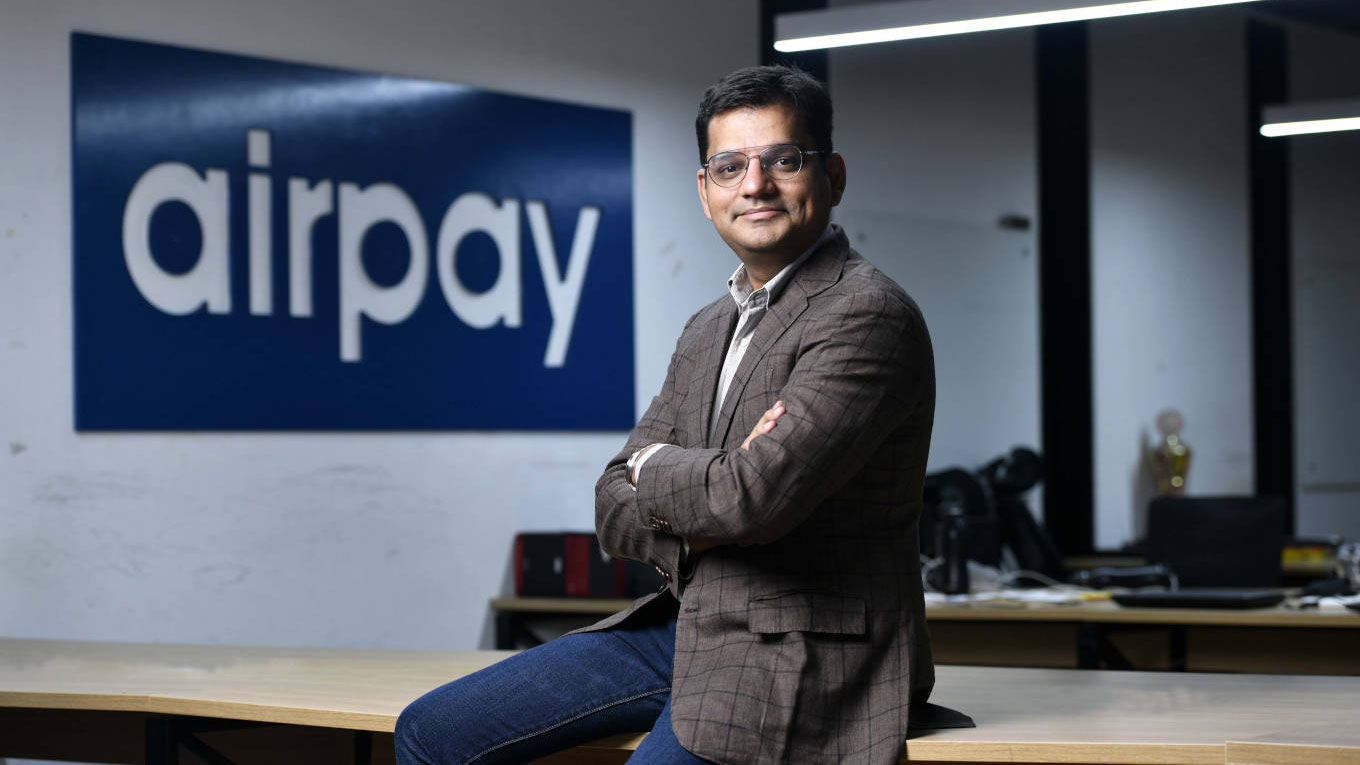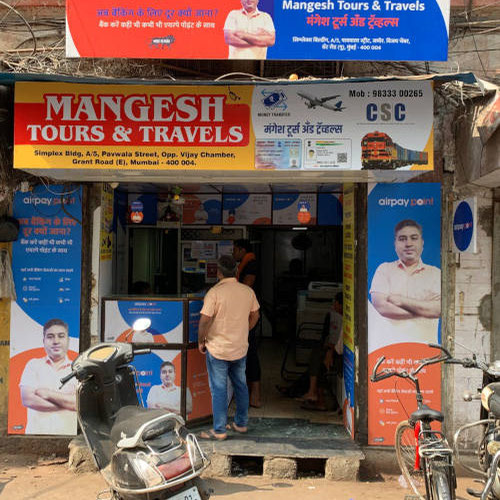“In terms of technology leapfrogging, nothing has quite matched what the mobile phone has managed to achieve,” says Sunil Rongala, VP, strategy, innovation & analytics, World Line, in an Indians’ digital payments report. “Just a decade ago, the mobile phone was used primarily for making calls and messaging and listening to music. The progression then was to news, videos, e-commerce, banking, utility, travel- and wallet-apps, among others. As far as the payments were concerned, initially it was P2P as well as through a dongle that was connected to the phone”. The report sums up that, if previous data is anything to go by, it is clear that mobile phone-based transactions will easily grow well over 100 per cent annually for the next few years to come. “As mobile payment app penetration grows and there is still a significant way to go, the transactions tracker only points up,” Rongala adds. In 2010, a young Kunal Jhunjhunwala was working at Hungama Consumer Business, as a part of a team that aspired to build an Indian parallel to iTunes. While working on the assignment, Jhunjhunwala noticed an insurmountable challenge in getting the existing payments players to accept low denominations such as Rs10 and less. “The only other way was to plead to the telecom players with an exorbitant commission structure, thereby leaving a negligible amount for people in the product chain,” explains Jhunjhunwala, which set him to launch a company as a payment service outfit. “This was the gap that seeded the initial idea of a bridge called airpay.” Jhunjhunwala started airpay a decade ago with the core mission of keeping payments simple, light and fresh as air. Unlike the competitors aiming at the consumer-centred play, airpay found its calling in empowering traditional businesses by digitising their collections and rejuvenating their distribution chain. In doing so, it not only steered away from constant margin pressures, but also laid a robust foundation for the empowerment ecosystem airpay is turning out to be. This venture was India’s first integrated omni-channel financial services platform, built to eliminate inefficiencies in the money movement chain. With nearly a decade of experience as a payments aggregator, its platform is used by consumers, businesses, banks, and financial institutions worldwide. The platform allows its clients to accept payments from across many touchpoints such as web, mobile, call centre, IVR, email, SMS and face-to-face through 100 plus financial instruments – not limited to cash or cheque or any other legally approved currency. In the initial years, the tech prowess of airpay paid off through a dedicated payments gateway. Jhunjhunwala, being an entrepreneur, had come in at a very early stage. As a teenager, he had launched E-Phoria Technologies, a digital solutions company, aimed to help SMEs identify technology needs. “Being a part of a highly successful entrepreneurial family (as the nephew of the big bull, Rakesh Jhunjhunwala), success always had a steeper definition,” says Jhunjhunwala. “Even after bootstrapping airpay, my father and uncle invested in the business only after I raised my first seed round from Kalaari Capital," adds Jhunjhunwala. Setting the ecosystem With technology at the core of its operations, airpay chose to expand into tier II and III cities. In doing so, it relied on its existing business of payment gateway. Having served multiple companies to solve a no-frill and highly secured pipeline for accepting digital payments, airpay stumbled upon the growing need for receivables management at the other end -- the salespersons. For example, the company served many B2C products companies, where an army of on-the-ground representatives typically handled collections. These representatives found it quite challenging to deposit the cash into a bank, as a long waiting time led to a loss of income opportunities. At the same time, the delay in depositing cash often inflates the working capital cycle at the corporate end. So, airpay focussed on a win-win proposition by identifying multiple kirana stores and mom-and-pop shops.
-

Jhunjhunwala: keeping payments simple; Photo: Sanjay Borade


































